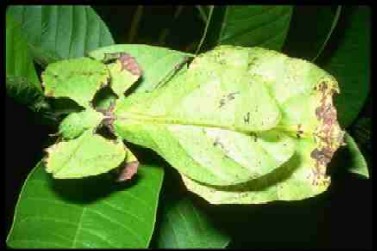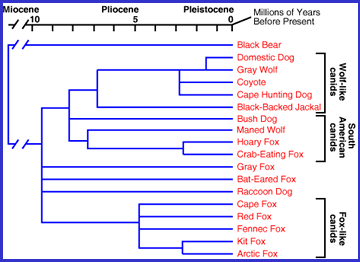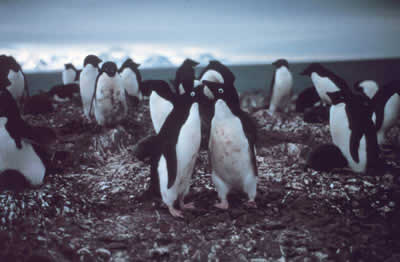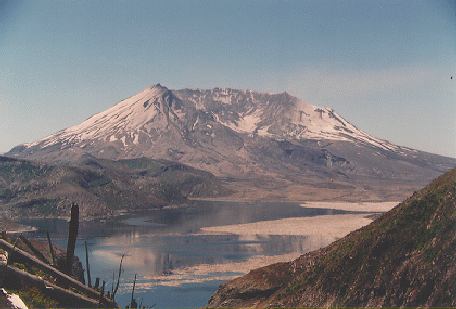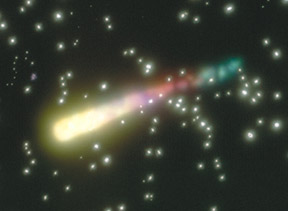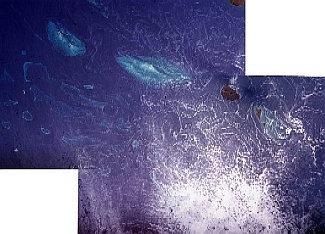Click on image for full size
Corel Photography
Using Leaves From the Past to Tell the Future!
News story originally written on April 16, 2003
Today, our climate is changing at breakneck speeds. To better understand how this speedy climate change may affect plants and animals in the future, researchers are looking into the past.
The researchers are looking at thousands of plant fossils that lived during the rapid climate change 65 to 55 million years ago, at the end of the Cretaceous Period; a time when the dinosaurs and many other living things became extinct as climates changed after a giant asteroid hit the Earth.
They wondered how the rapid climate change at the end of the Cretaceous affected plants and the insects that devoured them. Plants and animals may react to climate change in three different ways: by moving to live in a tolerable climate, evolving to tolerate the conditions where they are, or becoming extinct. The researchers studied how ancient plants and insects reacted to the changing climate and found that, for most, extinction was the response.
Plant diversity decreased during the ten million year period and many species were lost. In fact only 21% of the plant species from their sample survived the massive climate change and it took several million years for plants to again become diverse.
Many of the insects that ate the plants also became extinct, especially those that relied on eating only one particular species of plant. Ancient insects munched on leaves in similar ways as insects living today, according to their survey of 13,500 fossil plant leaves. Some insects nibble the edges of leaves, other drill holes in the middle, and there are many different variations as well. They found that the ancient insects had a total of 51 different styles of eating leaves.
Today, humans adding greenhouse gases to our atmosphere by burning fossil fuels have sped up climate change. We have already seen several species become extinct in recent years. The researchers hope that what we learn from the past may help us lessen the loss of species in the future.


